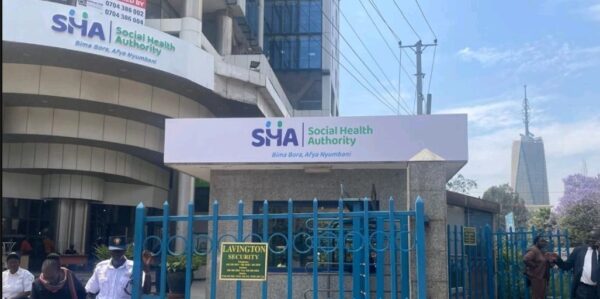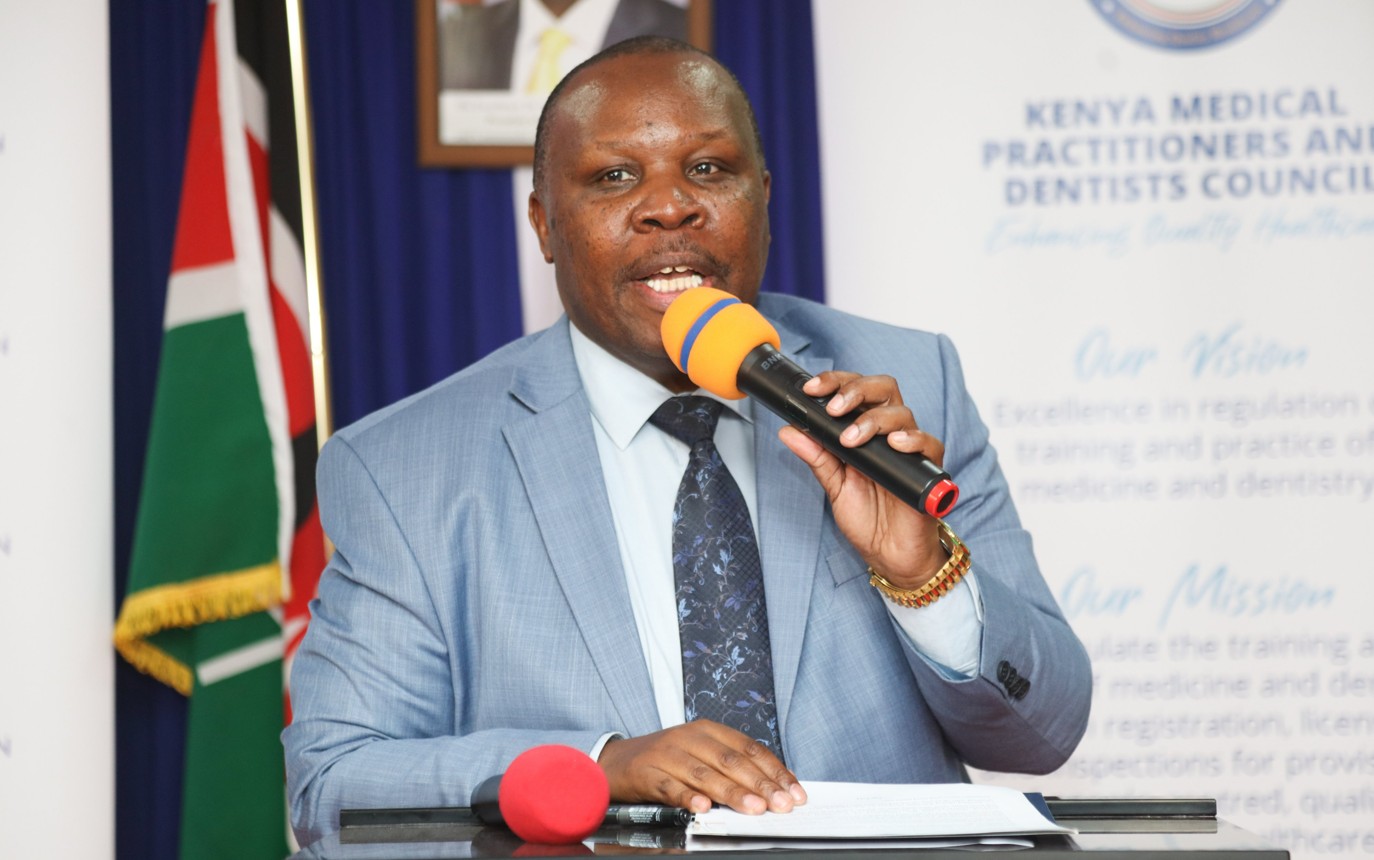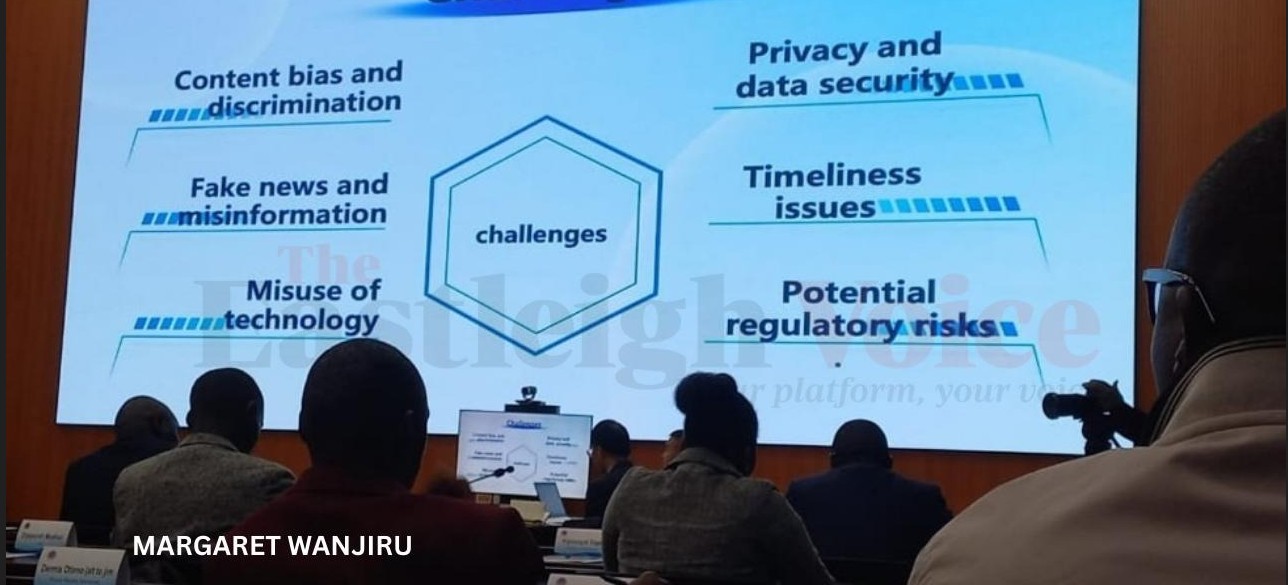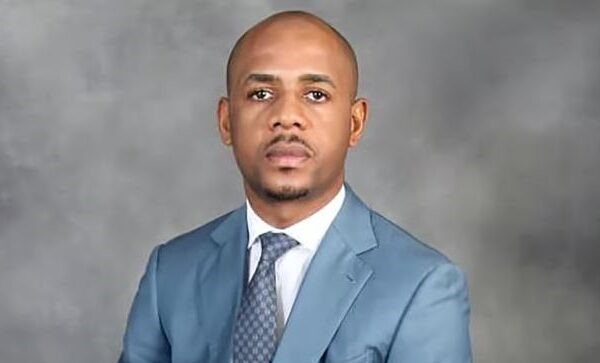SHA under fire: How Kenya’s health insurance reform is repeating NHIF’s mistakes

Major public hospitals are shutting down key services or barely staying afloat, while millions of Kenyans are left without reliable access to care. What was launched as a bold reform is now teetering on collapse.
One year after Kenya scrapped the scandal-ridden National Health Insurance Fund (NHIF) and replaced it with the Social Health Authority (SHA), the cracks in the healthcare system are no longer hidden; they are glaring, widening, and deeply troubling.
Major public hospitals are shutting down key services or barely staying afloat, while millions of Kenyans are left without reliable access to care. What was launched as a bold reform is now teetering on collapse.
More To Read
- Duale defends SHA amid mounting pressure, fraud allegations by MPs
- President Ruto vows to crack down on SHA fraud as 1,000 health facilities shut
- UHC staff turn heat on CoG Chair Muthomi Njuki, demand impeachment
- Maraga calls for EACC probe SHA over ghost hospitals scandal
- PS Oluga warns of health facilities faking staff, equipment to obtain licenses
- 'Crack the whip': Bunge La Wananchi demands action on SHA fraud
SHA was designed as a fresh start, a sweeping reform meant to wipe away six decades of NHIF’s fraud, mismanagement, and entrenched corruption.
It was supposed to restore trust, ensure fairness, and plug financial loopholes. Instead, it seems to be repeating the very same failures, only faster, and with even more devastating consequences.
 Social Health Authority (SHA) headquarters in Nairobi. SHA was designed as a fresh start, a sweeping reform meant to wipe away six decades of NHIF’s fraud, mismanagement, and entrenched corruption. (Photo: SHA)
Social Health Authority (SHA) headquarters in Nairobi. SHA was designed as a fresh start, a sweeping reform meant to wipe away six decades of NHIF’s fraud, mismanagement, and entrenched corruption. (Photo: SHA)
Ghost hospitals
Corruption has not disappeared; it has adapted. It is now more centralised, more calculated, and more damaging.
The very problems SHA was meant to eliminate have reappeared, fuelling what is becoming a national scandal. Ghost hospitals, non-existent or inactive facilities, are back, siphoning off public funds without offering a single service. This mirrors the fraudulent practices that plagued NHIF for decades.
Recent reports show the Ministry of Health has suspended 45 more facilities, raising the total to 120 in under three months. While fraud in healthcare is nothing new, the speed with which these ghost institutions have been flagged points to deep systemic failures.
Billions of shillings have already been lost through fake claims, forged documents, manipulated imagery, and entirely fabricated service records. Just a day before the new blacklist was issued, Health Cabinet Secretary Aden Duale revealed that rogue hospitals have tried to steal Sh10.6 billion since SHA’s launch.
Unpaid claims
Meanwhile, long-serving hospitals are shutting their doors. St. Mary’s Hospital, a vital provider in western Kenya, has closed over unpaid claims of about Sh180 million. Investigations are ongoing, but patients are already stranded.
Across the country, members of the Rural Private Hospitals Association (RUPHA) have stopped accepting SHA because of delayed reimbursements. Public hospitals are also on edge. Mbagathi Hospital recently announced it may halt inmate services after years of unpaid claims; only Sh6.7 million of its debt, dating back to 2018, has been settled.
On top of that, SHA remains weighed down by NHIF’s legacy debt.
A court has frozen the task force set up to resolve pending claims worth more than Sh30 billion, including Sh10 billion already ordered for payment. Hospitals continue to wait.
Ironically, as legitimate hospitals close over unpaid dues, ghost facilities still receive millions in fraudulent payouts. Genuine providers are being pushed to the brink while fraudsters thrive.
This month alone, 85 facilities have been barred from SHA, 728 non-compliant facilities shut down, and 301 downgraded by the Kenya Medical Practitioners and Dentists Council. According to Dr Mwangangi, delisted facilities will no longer be entitled to SHA benefits.
The Auditor-General’s report on NHIF further underscores how deep these problems run. Billions were lost to ghost beneficiaries, inflated claims, and unsupported expenses.
NHIF spent Sh24 billion on undocumented benefit payments, Sh730 million on over 120,000 non-existent beneficiaries, and Sh4.4 billion in unaccounted statutory deductions. It overshot a Sh502 million budget cap by Sh33.5 billion, massively overpaid for procedures, and lost Sh47 million in duplicate claims under Linda Mama.
Questionable payments also included Sh41 million to a law firm, 16 times the legal cap, and Sh20 million on filing racks without procurement records.
These irregularities led to NHIF’s closure in October 2024, with SHA taking over under Dr Abdi Mohamed. Yet the re-emergence of ghost hospitals shows that Kenya’s healthcare financing problems remain deeply entrenched.
 Health CS Aden Duale. He has promised prosecution and pledged to gazette the names of fraudulent facilities. (Photo: MoH)
Health CS Aden Duale. He has promised prosecution and pledged to gazette the names of fraudulent facilities. (Photo: MoH)
Siphoning of funds
Even a Sh106 billion digital fraud-prevention system has failed to block the siphoning of funds. The fraud happened after the system went live, raising questions about its design, oversight, or possible collusion.
CS Aden Duale has promised prosecution and pledged to gazette the names of fraudulent facilities. But so far, no prosecutions have begun, and no timeline has been provided.
President William Ruto has also addressed the issue, warning against a repeat of NHIF’s failures. Speaking at the State House in Nairobi to delegates from Kiambu, he said: “The kind of theft that brought NHIF to its knees, resulting in debts of over Sh30 billion, will not be allowed under SHA, not under my watch.”
Despite these assurances, public scepticism is growing.
The fraud-detection system has not stopped fraudulent payouts, leaving Kenyans to question whether corruption is too deeply embedded for technical fixes alone to solve.
Without swift prosecutions, genuine transparency, and institutional reform, SHA risks becoming just another NHIF, an agency with big promises and expensive systems but crippled by the same old graft and impunity.
In the meantime, ordinary Kenyans continue to bear the cost of a broken health insurance system, with monthly contributions deducted, while enduring deteriorating public services and a scandal-ridden safety net.
Top Stories Today













































